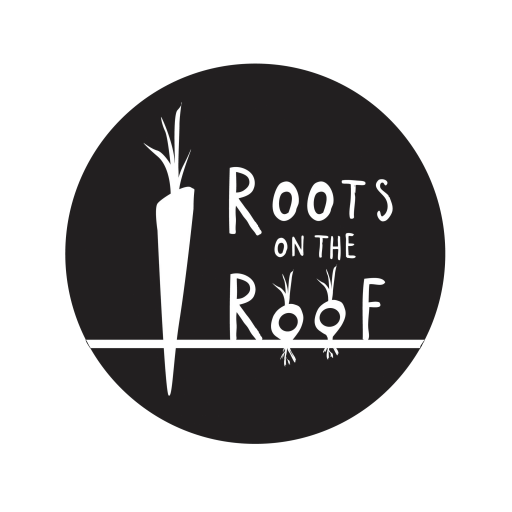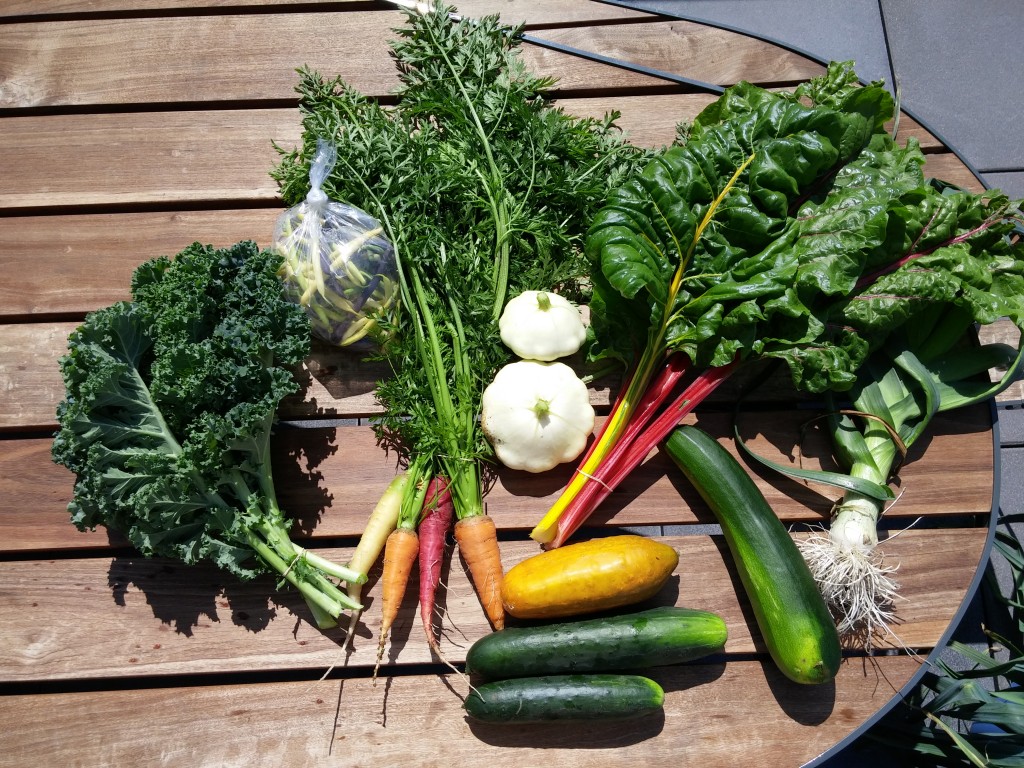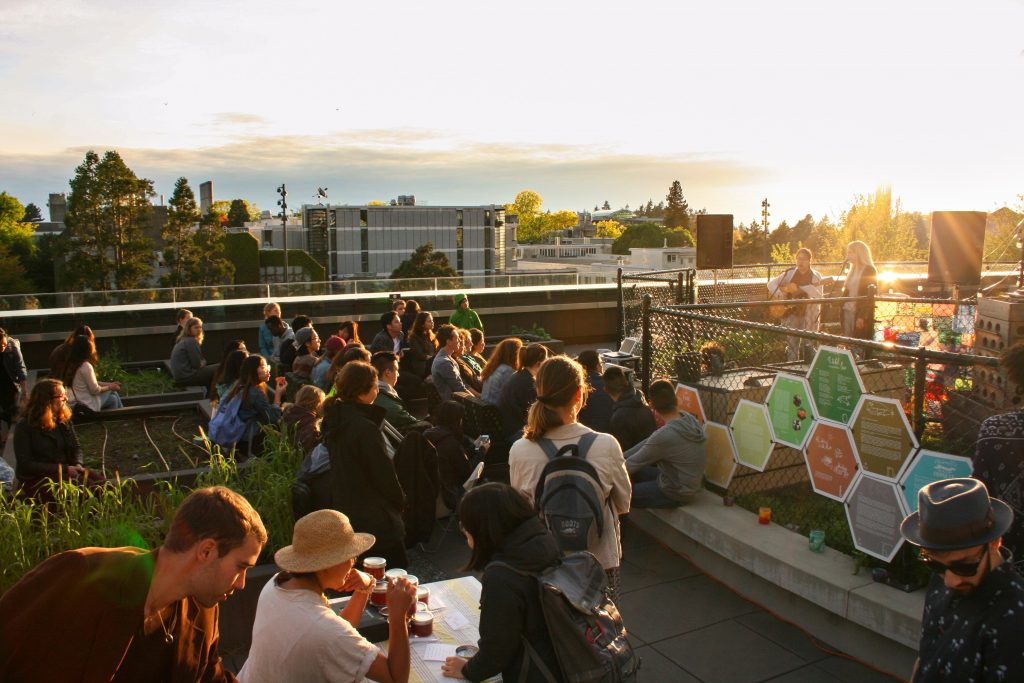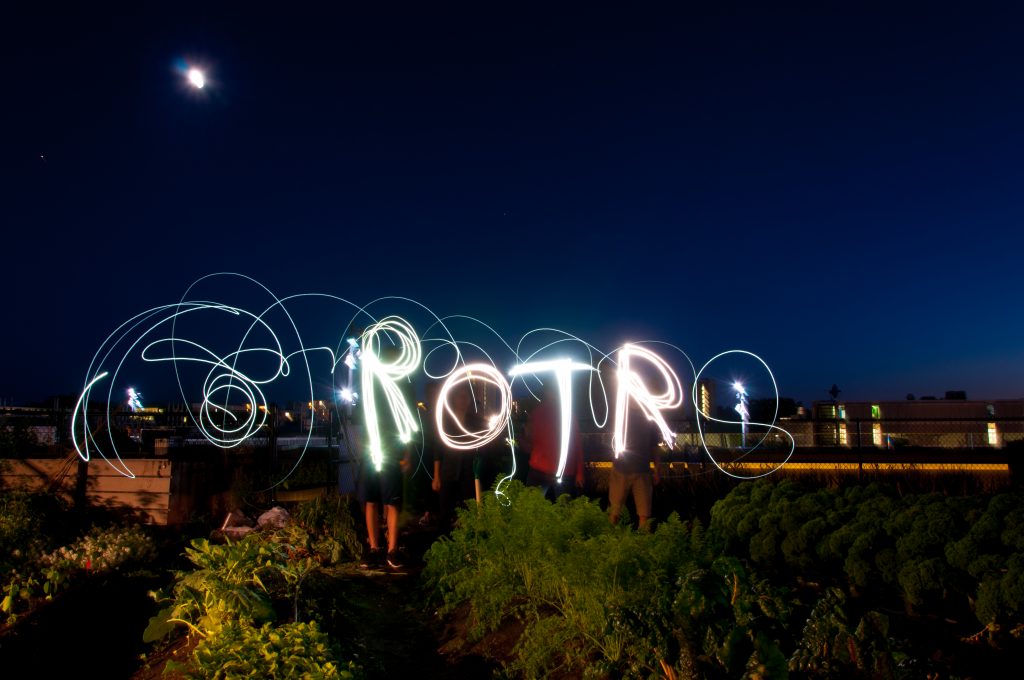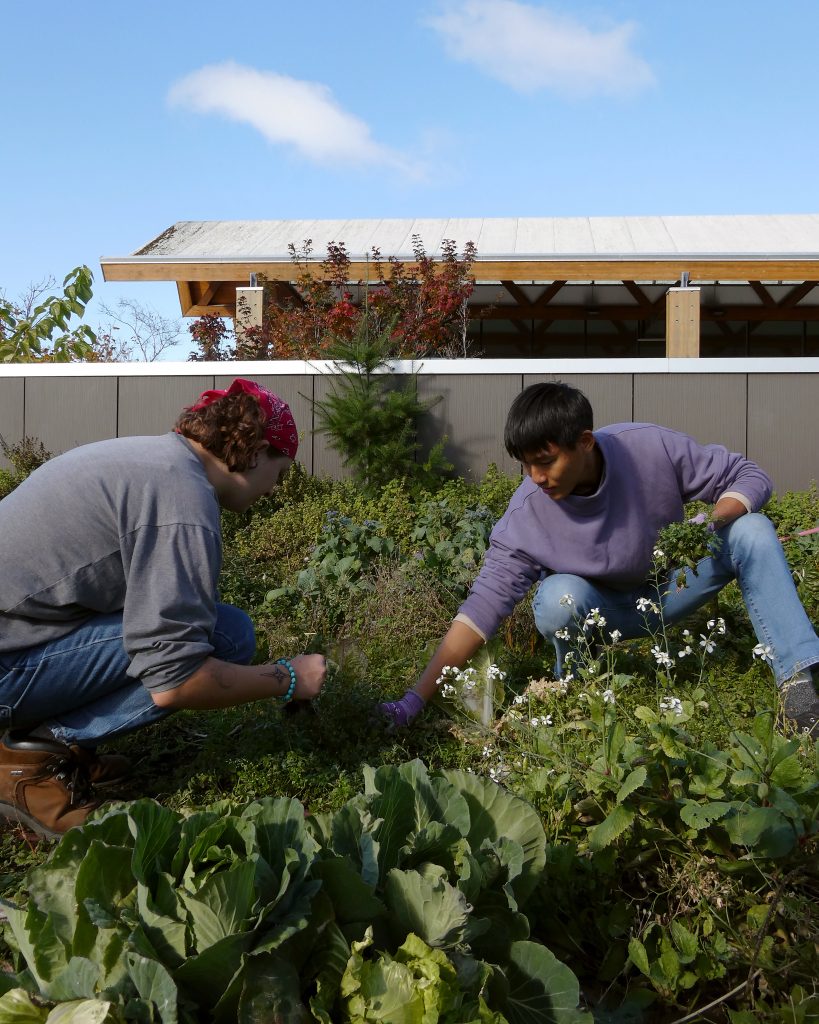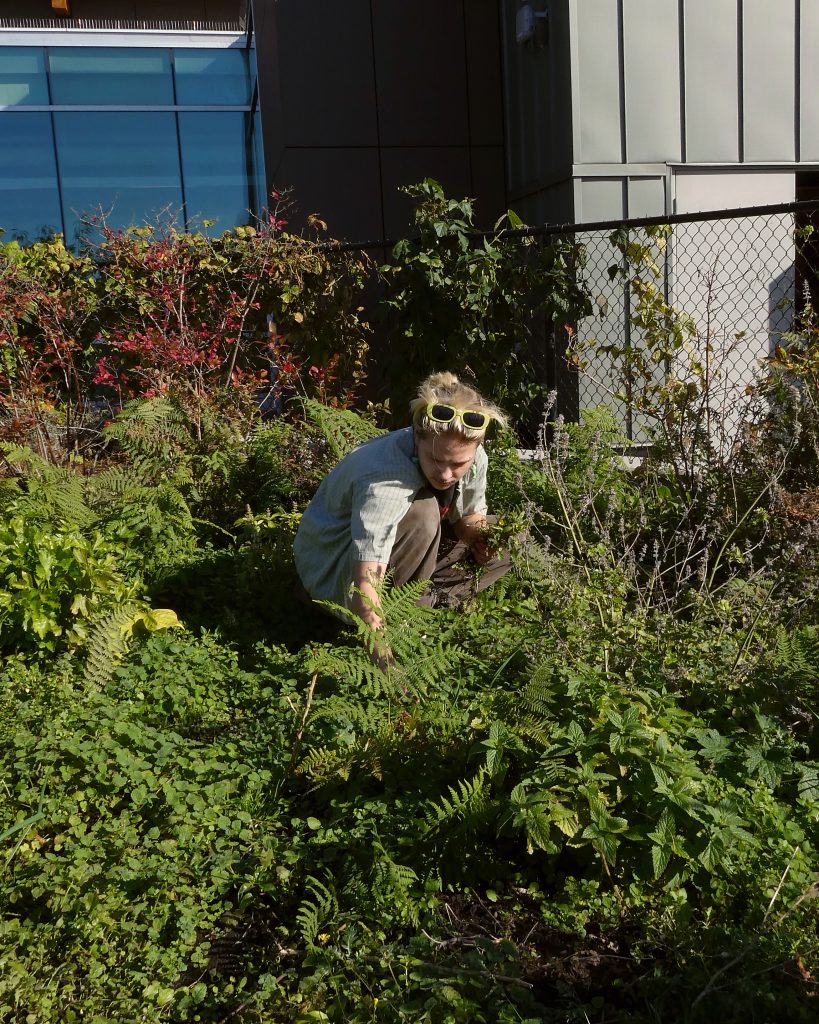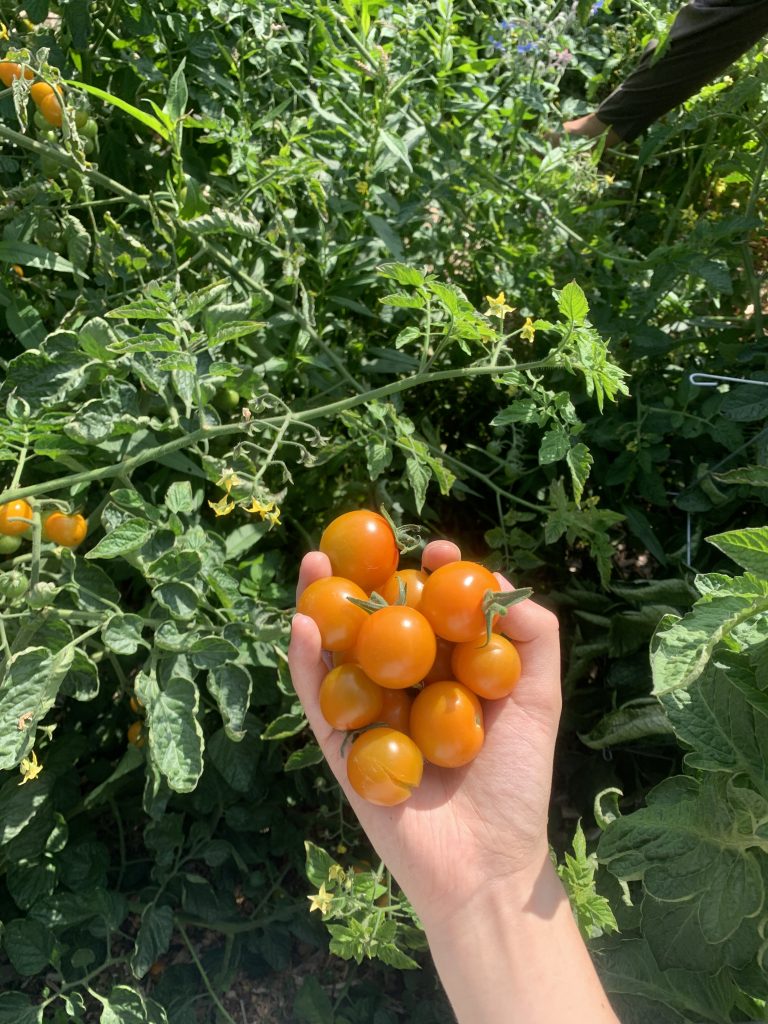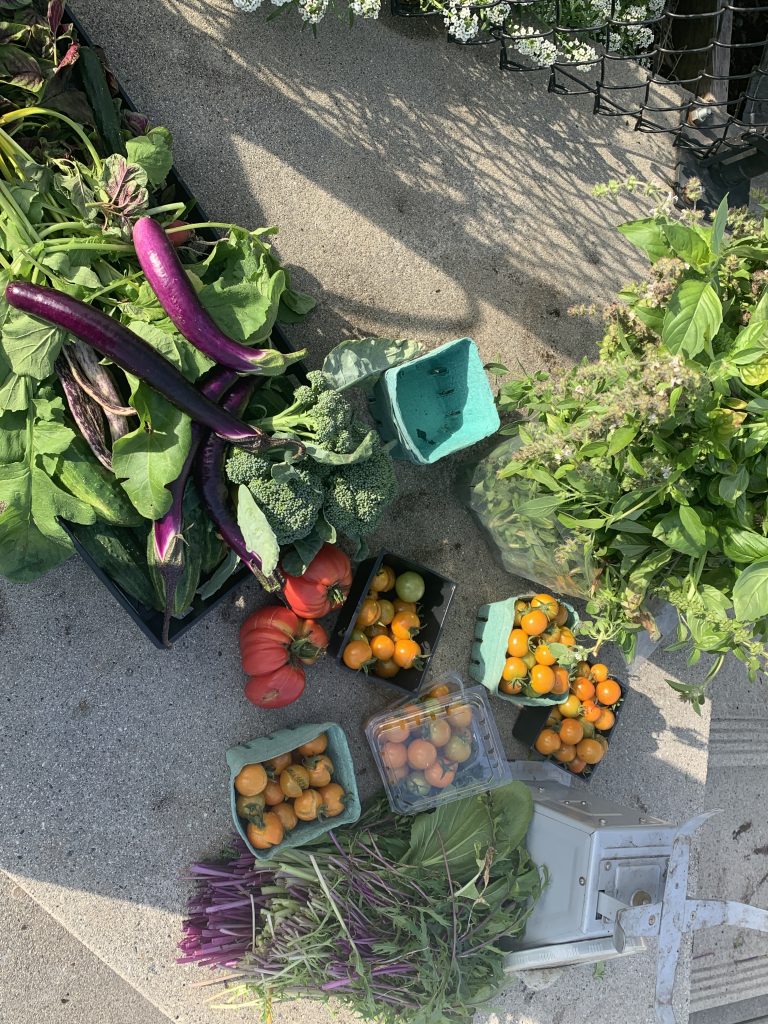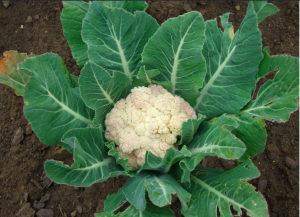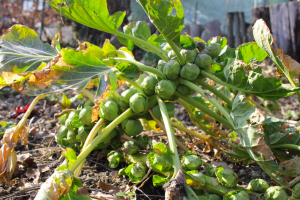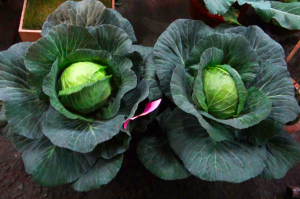Broccoli
This cool season crop grows best when daytime temperatures are around 15° C (60° F), and is capable of tolerating frosts. For this reason, you can grow a spring and a fall crop, but avoid growing during the warm summer months. Broccoli grows successfully in zones 3 to 10, but the preferred growing season will be different for each zone, so do your research. You can either buy nursery starts, or sow seeds indoors 4 to 6 weeks before the last Spring frost. We recommend peat pots, which can be buried in the garden with your seedlings to biodegrade without disrupting the seedling roots. Once your seedlings have 4 to 5 true leaves, harden them off for a week (take them outside each day for progressively longer periods of time), then transplant them into your garden 12 to 20 inches apart. However, simply buying nursery starts is more common for this crop. For a fall crop, directly sow seeds into your garden 1.5cm (1/2 ”) deep and 6 inches apart when the weather turns cool again. Once the sprouts are 13cm (5”) tall, thin them (remove the weakest sprouts) to 40 to 46cm (12-18”) apart. Broccoli will tolerate partial shade, but ideally prefers a spot with full sun, and well drained soil of pH 6.0 to 7.5. Keep the soil consistently moist, and if possible, use a row cover to protect the young plants from pests. At around 55 to 85 days since planting, each plant will have one main head to harvest and several smaller, secondary heads growing from the side. Harvest by cutting the heads away from the plant when the buds are still tightly closed. The edible part of the broccoli is the immature flower, and once the buds begin to open they will take on a bitter taste. Broccoli grows well with beets, celery, herbs, onion, and potato, and poorly near pole beans, strawberries, or tomatoes. If you’re interested in container growing, broccoli’s shallow root system makes it a good candidate. A 5 gallon planter can comfortably house 1 plant.
Cauliflower
Cauliflower can be grown in zones 2 to 11, but is known to be somewhat finicky. This plant needs 2 to 3 months of 15° C (60° F) weather to grow, which likely means spring and fall crops, but not summer crops. They need full sun, and a soil pH between 6 and 7. Buy nursery starts, or 4 weeks before the last spring frost sow seeds indoors 1cm (1/2”) deep, preferably in peat pots. Give 7 to 10 days for the seeds to germinate at a temperature of 21°C (70°F). Harden them off and transplant them into the garden 4 to 6 weeks later when they have 5 true leaves. Make sure to keep the soil consistently moist, and when the head gets to be the size of an egg pull the nearby leaves over it and secure with an elastic band. This is called blanching and will keep the cauliflower white by blocking sunlight. Harvest 7 to 12 days after blanching when the flourets begin to separate. This plant is a biennial that won’t set seed until the next year, provided winter temperature do not fall below freezing. For this reason, most people buy seeds instead of harvesting their own. When buying seeds, check the days to maturity (can range from 55 to 100 days) and choose a cultivar appropriate for your climate zone. Cauliflower is another good candidate for container growing; choose a pot that is at least 8 inches deep. Companion plants to cauliflower include dill, mint, rosemary, sage, beets, celery, fennel, onions. Avoid planting cauliflower with nightshades, corn, cucumbers, strawberries, or broccoli.
Brussel Sprouts
This cool season vegetable grows in hardiness zones 2 to 9 in full sun with a soil pH of 6.5 to 7.0. This plant needs at least an 80 day growing season, but luckily can tolerate a few days below freezing, and may even taste better after a light frost. Aim to grow your crop when the temperatures are between 7° and 24°C (45-75°F). In cool regions, spring planting is the way to go. Plant seeds 1cm (1/2”) deep in peat pots 2 to 3 weeks before the last frost indoors, and transplant the seedlings outside .5m (2′) apart when they are 8cm (3”) tall after last frost. If the cool weather sticks around long enough in your region to support a full growth season, you can also plant directly into the ground as soon as it is workable (no longer frozen).
In warm regions, plant your seeds directly into the garden in the late summer/early fall, giving enough time for your plants to reach maturity before the first fall frost. If you need to extend your crop into the winter, try mulching the plants with straw and covering them with row covers for protection from the plummeting temperatures. For best results, fertilize (sprinkle the pellets on the ground 6 inches away from the stem) your plants twice with a high nitrogen fertilizer; once when they are 30cm (12”) tall, and again 4 weeks later. You can also work compost into the soil when you transplant your seedlings. Brussel sprouts are heavy feeders and need fertile soil to produce well, along with consistent moisture. If you find your maturing plants are getting tall and falling over, use stakes and twine to secure them upright. Harvest the sprouts by cutting them away from the stem, working bottom up, when they are 3 to 5cm (1-2”) in diameter. Try to harvest them before they get much bigger and start to crack, as they will take on a bitter taste at this point. After harvesting, a second crop of sprouts will start to grow from the base; cut down the top of the plant to accelerate their growth. They won’t be as tight as the first harvest but they are edible. Many plants benefit from being grown next to brussel sprouts, inculding beets, bush beans, carrots, celery, lettuce, onion, peas, potatoes, radishes, spinach, and tomato. Brussel sprouts will not get along with pole beans or strawberries.
Cabbage
Also a cool season vegetable, cabbage needs a soil pH of 6.5 to 7.0 and full sun. 5 to 7 weeks before the last Spring frost, sow seeds indoors .5 cm (1/4”) deep in peat pots, and transplant them into the garden 70cm (24”) apart when they are 4 to 6 weeks old, or 7 to 10cm (3-4”) tall. Expect the seeds to germinate in 7 to 10 days when kept at temperatures between 10 and 30°C (50-85°F). You can also direct sow seeds as soon as the ground is workable, or buy nursery starts. Mulch the seedlings to retain moisture, and harvest them when the cabbage is 10 to 25cm (4-6”) in diameter and firm to the touch. The heads will begin the split when over mature. Many zones can support both a spring and a fall crop, and if you’re in a region with a mild winter you may be able to over winter cabbage for a spring crop. Grow with mint, rosemary, sage, and dill, but keep away from nightshades. Cabbage can also be successfully grown in containers 20cm (8”) deep and wide.
